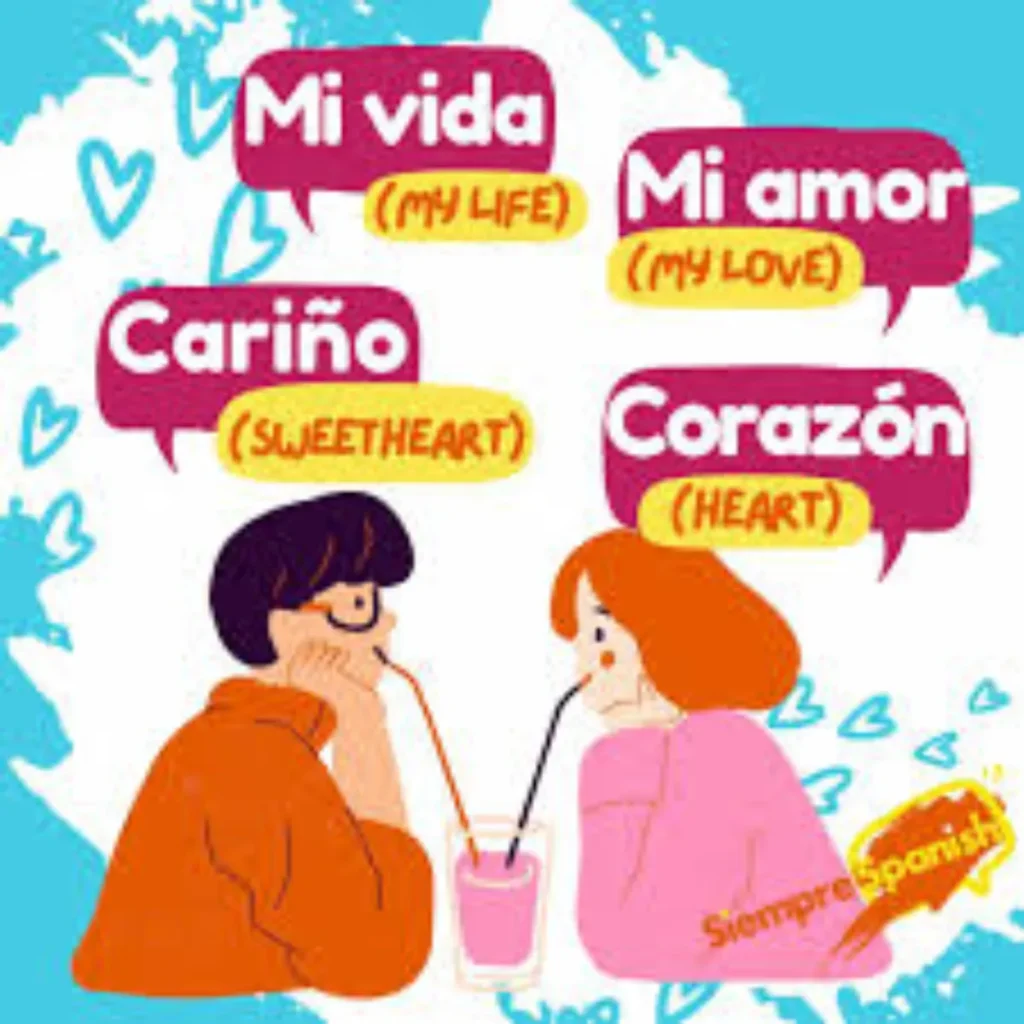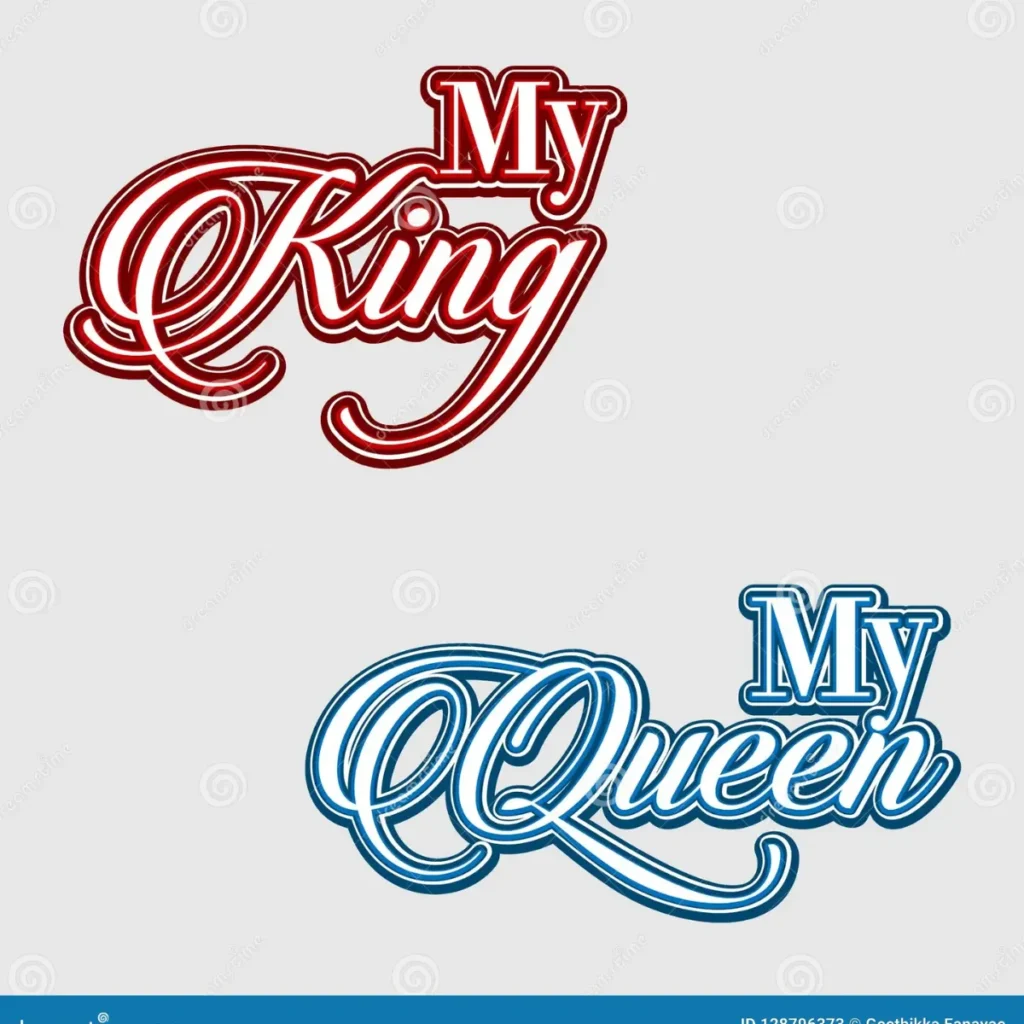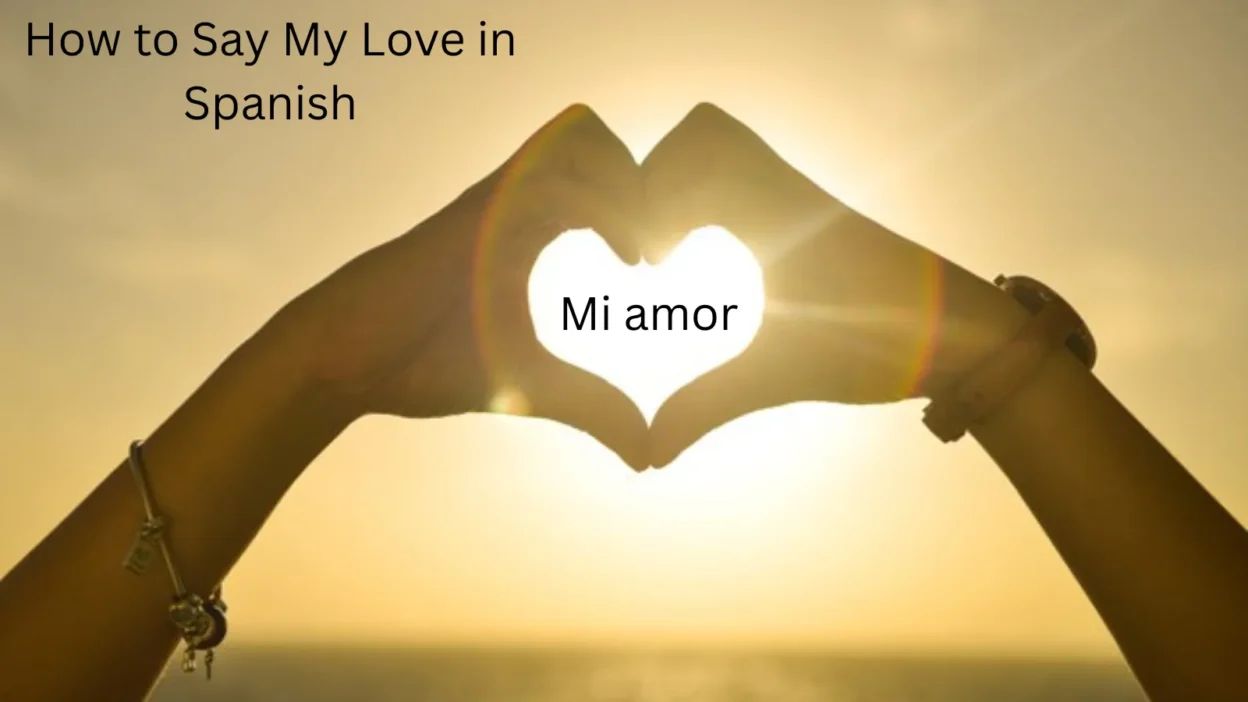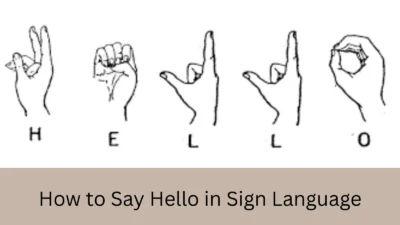How to Say My Love in Spanish is a beautiful way to express affection and deepen emotional connections. If you’re speaking to a romantic partner, a close friend, or even in poetry or song, knowing how to say my love in Spanish adds warmth and intimacy to your words. In this guide, we’ll explore common phrases, their meanings, and when to use them.
Learning how to say my love in Spanish can help you connect more deeply with Spanish-speaking loved ones. It’s also a great way to add emotional richness to your conversations. Once you understand how to say my love in Spanish, you’ll be ready to express your feelings in a more heartfelt and authentic way.
Say My Love in Spanish
Ready to speak from the heart? Let’s explore 15 ways to say my love in Spanish, each with real conversation examples and a bit of cultural or historical background.
1. Mi amor (My love)
Origin:
The most direct and classic translation of “my love” — universally understood in all Spanish-speaking countries.
Example:
👤 User A: Buenas noches, mi amor.
👤 User B: Dulces sueños, cariño.
Use: Romantic, sweet, and timeless. Perfect for couples.
2. Cariño (Darling / Sweetheart)

Origin:
Literally means “affection.” It’s used widely across Spain and Latin America as a warm nickname.
Example:
👤 User A: ¿Dónde estás, cariño?
👤 User B: En la cocina, preparando algo rico.
Use: Romantic or even family-friendly; common in daily life.
3. Amorcito (Little love)
Origin:
A diminutive form of “amor” that adds tenderness. The “-cito” ending makes it more affectionate and cute.
Example:
👤 User A: ¡Hola, amorcito! ¿Cómo estuvo tu día?
👤 User B: Mejor ahora que te escucho.
Use: Cute, affectionate; used between lovers or close partners.
4. Mi cielo (My sky / My heaven)
Origin:
A poetic way of saying “my love,” implying that the person is your entire world or paradise.
Example:
👤 User A: Te extraño, mi cielo.
👤 User B: Yo también, amor. Ven pronto.
Use: Romantic, poetic; often used in songs and poems.
5. Mi vida (My life)

Origin:
A passionate phrase showing that someone is your everything — literally, your life.
Example:
👤 User A: ¿Me amas, mi vida?
👤 User B: Más de lo que imaginas.
Use: Very romantic; expresses deep love and devotion.
6. Mi corazón (My heart)
Origin:
Symbolizing love and emotion, “corazón” is commonly used in both literature and music.
Example:
👤 User A: Cuídate, mi corazón.
👤 User B: Siempre lo haré por ti.
Use: Romantic and poetic; also used in heartfelt moments.
7. Tesoro (Treasure)
Origin:
“Tesoro” literally means treasure, showing someone is priceless to you. Common in Spain and Latin America.
Example:
👤 User A: Buenas tardes, tesoro.
👤 User B: ¡Hola, mi amor! Qué alegría escucharte.
Use: Loving and sweet; sometimes used with children too.
8. Mi rey / Mi reina (My king / My queen)

Origin:
Shows admiration and love, as if putting your partner on a royal pedestal.
Example:
👤 User A: ¿Cómo amaneciste, mi reina?
👤 User B: Como una reina, gracias a ti.
Use: Romantic and affectionate; common in Latin American couples.
9. Mi sol (My sun)
Origin:
Used to show someone brings warmth and light into your life. Less common, but deeply poetic.
Example:
👤 User A: Eres mi sol en días nublados.
👤 User B: Y tú, mi paz en la tormenta.
Use: Artistic, poetic, ideal for romantic messages.
10. Mi cielo lindo (My beautiful sky/heaven)
Origin:
Combines “mi cielo” with “lindo” (beautiful). It’s a term of endearment with extra sweetness.
Example:
👤 User A: Te amo, mi cielo lindo.
👤 User B: Y yo a ti, con todo mi corazón.
Use: Romantic and affectionate; common in Central America.
11. Mi chiquito / Mi chiquita (My little one)

Origin:
“Chiquito/a” means “tiny” and is used as a loving nickname, often for someone younger or smaller.
Example:
👤 User A: ¿Ya comiste, mi chiquita?
👤 User B: Sí, gracias, mi amor.
Use: Affectionate, romantic, or even parental.
12. Mi media naranja (My other half)
Origin:
Literally “my half orange.” It comes from an old Spanish belief that soulmates are two halves of one orange.
Example:
👤 User A: Eres mi media naranja.
👤 User B: ¡Y tú la mía!
Use: Romantic and symbolic; common in Spanish-speaking cultures.
13. Mi amado / Mi amada (My beloved)
Origin:
“Amado” (male) and “amada” (female) are more formal or poetic words for a beloved one.
Example:
👤 User A: Eres mi amada para siempre.
👤 User B: Y tú, mi eterno amor.
Use: Deeply romantic, often used in poetry or literature.
14. Mi alma (My soul)
Origin:
Implying that the person is your soul or soulmate. Very intimate and profound.
Example:
👤 User A: Te siento en cada rincón, mi alma.
👤 User B: Porque somos uno solo, amor.
Use: Poetic, spiritual, and romantic.
15. Mi bebé (My baby)
Origin:
Borrowed from the English “baby,” but now fully integrated into romantic Spanish expressions.
Example:
👤 User A: Te extraño, mi bebé.
👤 User B: Yo más, mi amorcito.
Use: Modern, affectionate, and playful.
FAQs
1. How do you say “my love” in Spanish?
The most common way is “mi amor.”
2. Is “mi amor” used for both men and women?
Yes! Mi amor works for any gender.
3. How do you pronounce “mi amor”?
You say it like “mee ah-MOR.”
4. Can I use “mi amor” with friends?
Usually no. It’s mostly used for romantic partners, although some families use it affectionately.
5. Is there a more romantic version of “my love”?
Yes, you can say “amor mío”, which sounds more poetic or deeper emotionally.
6. Can I use “mi amor” in text messages?
Absolutely! It’s very common in chats, especially with your partner.
7. What are cute alternatives to “my love” in Spanish?
You can use “mi vida” (my life), “mi cielo” (my sky/heaven), or “cariño” (darling).
8. Is “mi amor” formal or informal?
It’s informal and affectionate, meant for someone close to your heart.
9. Do Spanish speakers use “mi amor” daily?
Yes, couples often use it as a regular nickname in conversation and messages.
10. Can men also be called “mi amor”?
Yes! Gender doesn’t matter—mi amor is universal.
Conclusion:
Now that you know how to say my love in Spanish, you can express your affection in a sweet and sincere way. If you’re writing a romantic message or speaking to someone special, these phrases help convey your feelings with warmth and charm.
Practicing how to say my love in Spanish will not only improve your language skills but also bring you closer to the people you care about. Keep using these lovely expressions to make your Spanish more romantic and meaningful.
With time, these phrases will feel natural and heartfelt. So don’t hesitate to use how to say my love in Spanish in your everyday conversations to spread love and positivity.



